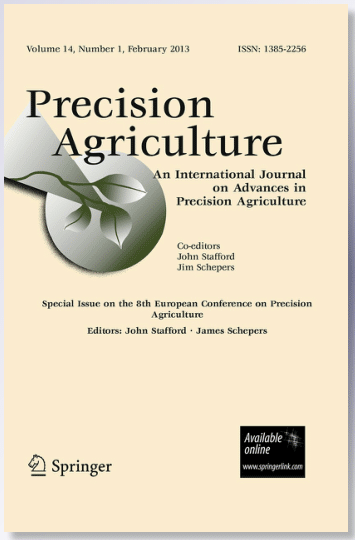Automated technologies in precision agriculture enable unmanned systems to precisely target areas with chemicals through controlled nozzle movements. Quantitative assessment of these sprayers can enhance spraying strategies, catering to different canopy sizes, row spacing and coverage objectives. This research assessed an unmanned sprayer equipped with pan-tilt nozzles for targeted area control and spray coverage adjustment. The spray cloud path on the canopy, as the nozzles moved vertically and the sprayer advanced, was simulated mathematically. A model was developed to determine the swing angle based on orchard/vineyard geometrical parameters. This model was then applied in field tests in a vineyard and an apple orchard. Various nozzle-heading angles, driving speeds, and flow rates were experimented with, using average coverage and droplet density as the evaluation criterion. The findings showed that the developed model offered an effective method for determining the swing angles. Lowering driving speeds and increasing flow rates were found to notably enhance coverage. A 45º nozzle-heading angle proved more effective in vineyards, whereas a 90º angle yielded better results in apple orchards, reflecting the variations in canopy size and row spacing. The unmanned sprayer demonstrated great potential for autonomous spraying in vineyards and orchards.



